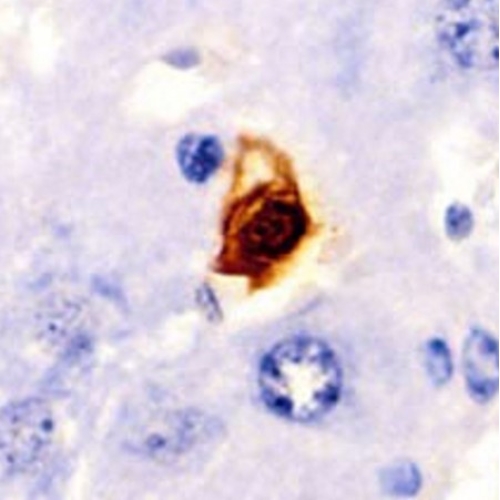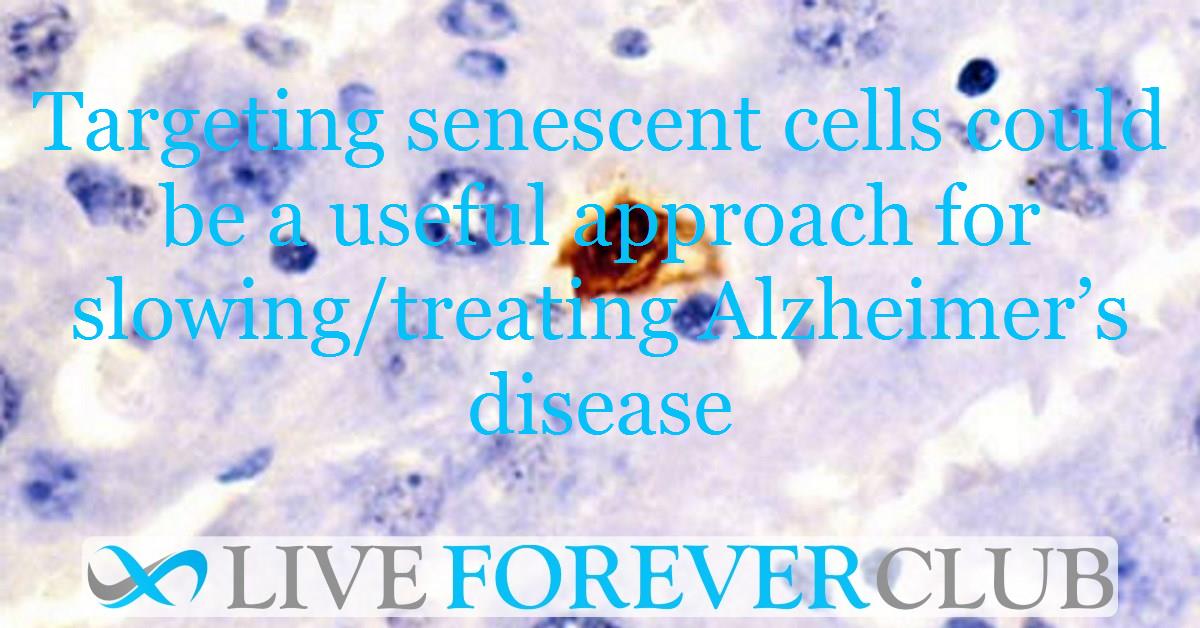Key points from article :
A therapy administered to patient-derived neurons in the lab can eliminate deteriorating cells, leading to positive consequences for the remaining healthy cells.
Neurons from people with Alzheimer’s disease show deterioration and undergo a late-life stress process called senescence.
These neurons have a loss of functional activity, impaired metabolism, and increased brain inflammation.
Targeting the deteriorating neurons with therapeutics could be an effective strategy for preventing or treating Alzheimer’s disease.
“These non-replicating cells ... directly related to neuroinflammation and Alzheimer’s disease,” says co-corresponding author Rusty Gage.
The therapeutic cocktail (Dasatinib + Quercetin) that was tested cannot normally enter the brain, but via known medications that can cross the blood-brain barrier possibly in the future.
More work still needs to be conducted.
The research was carried out at the Salk Institute and was published online in Cell Stem Cell.







